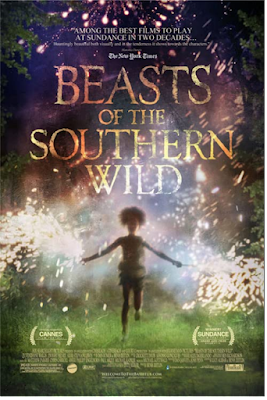SE/GB © 2012 Canfield Pictures / Documentary Company. P: Simon Chinn. D+SC+ED: Malik Bendjelloul. DP: Camilla Skagerström - post-production: The Chimney Pot. AN: Filmtecknarna - d: Arvid Steen. VFX: Olle Petersson. M: Rodriguez (songs beyond the jump break). S: Per Nyström. Featuring: Rodriguez (see others beyond the jump break). Loc: Detroit, Cape Town. 86 min. Source: NonStop Entertainment. Viewed at Bio Rex, Helsinki (Helsinki Film Festival), 29 September 2012.
An amazing documentary on a major American singer-songwriter, Rodriguez, who has remained unknown for decades except in South Africa.
Malik Bendjelloul has reconstructed the detective work needed to track down the mystery man who did not know that he was as big as Elvis in South Africa during its years of international isolation. His songs meant a lot for the anti-establishment movement in that country.
The basic drive in Malik Bendjelloul's movie is a passion for the songs of Rodriguez, his poetry and his art as a songwriter and singer. I had not known about Rodriguez before, and it was a thrill to discover his songs. As a lyricist he is among the greatest songwriters, and, based in Detroit the Motor Town, he managed to get fine Motown-style arrangements to his records.
This is a story of a big rip-off: somebody played a deeply unfair game. The South African success of Rodriguez lasted for decades, but it was never reported to the artist who believed he was a failure. Rodriguez was also startlingly indifferent to the symbols of success.
The most engrossing aspect of the tale is that of the forgotten artist, still in full command of his talent, finally discovering that he has a big audience who loves him for the right reasons.
The visual quality of the new footage, mostly talking heads, is fine, and the rest of the movie has understandably a compilation quality. There is no high quality concert footage.
An amazing documentary on a major American singer-songwriter, Rodriguez, who has remained unknown for decades except in South Africa.
Malik Bendjelloul has reconstructed the detective work needed to track down the mystery man who did not know that he was as big as Elvis in South Africa during its years of international isolation. His songs meant a lot for the anti-establishment movement in that country.
The basic drive in Malik Bendjelloul's movie is a passion for the songs of Rodriguez, his poetry and his art as a songwriter and singer. I had not known about Rodriguez before, and it was a thrill to discover his songs. As a lyricist he is among the greatest songwriters, and, based in Detroit the Motor Town, he managed to get fine Motown-style arrangements to his records.
This is a story of a big rip-off: somebody played a deeply unfair game. The South African success of Rodriguez lasted for decades, but it was never reported to the artist who believed he was a failure. Rodriguez was also startlingly indifferent to the symbols of success.
The most engrossing aspect of the tale is that of the forgotten artist, still in full command of his talent, finally discovering that he has a big audience who loves him for the right reasons.
The visual quality of the new footage, mostly talking heads, is fine, and the rest of the movie has understandably a compilation quality. There is no high quality concert footage.











